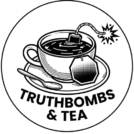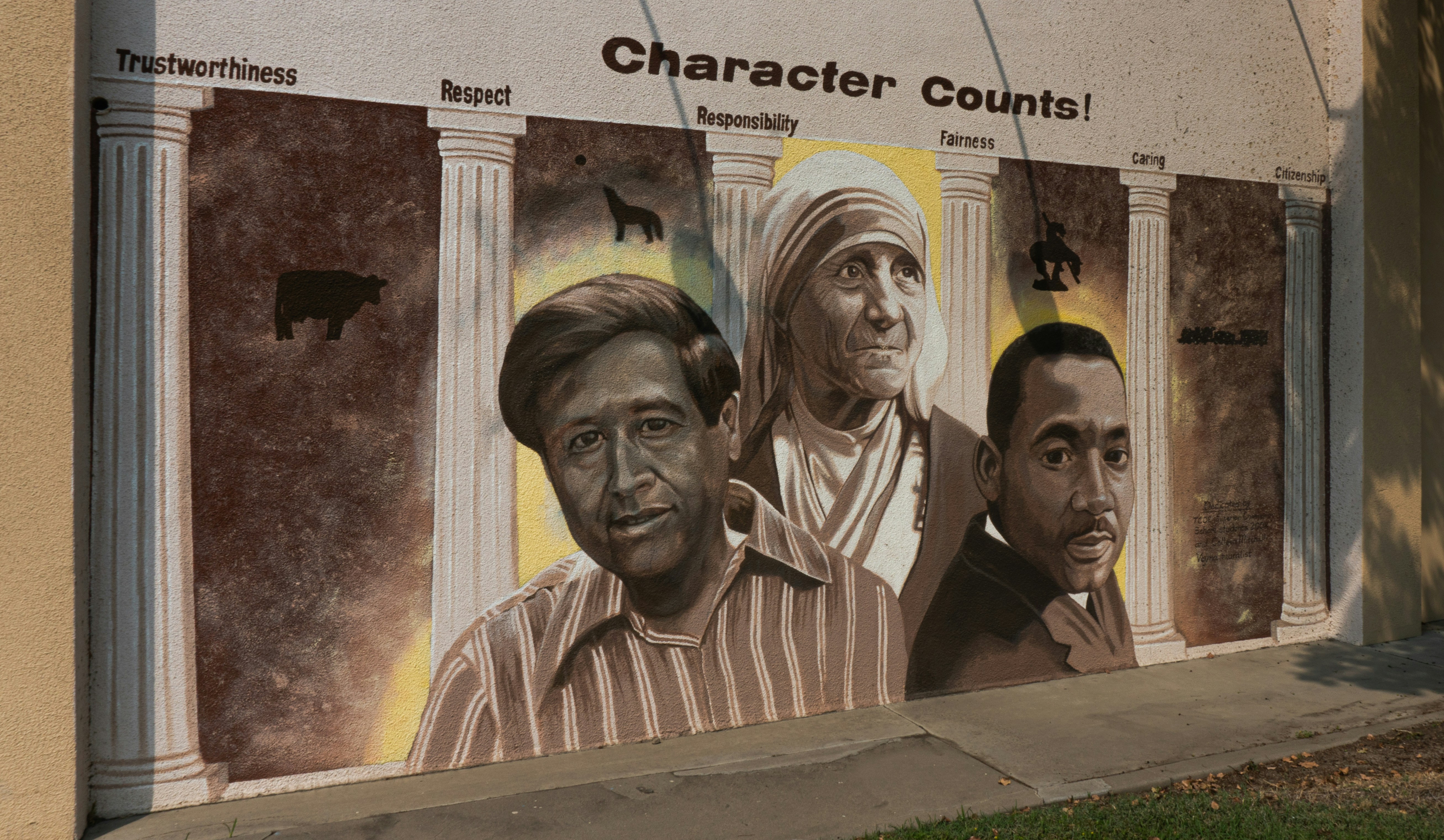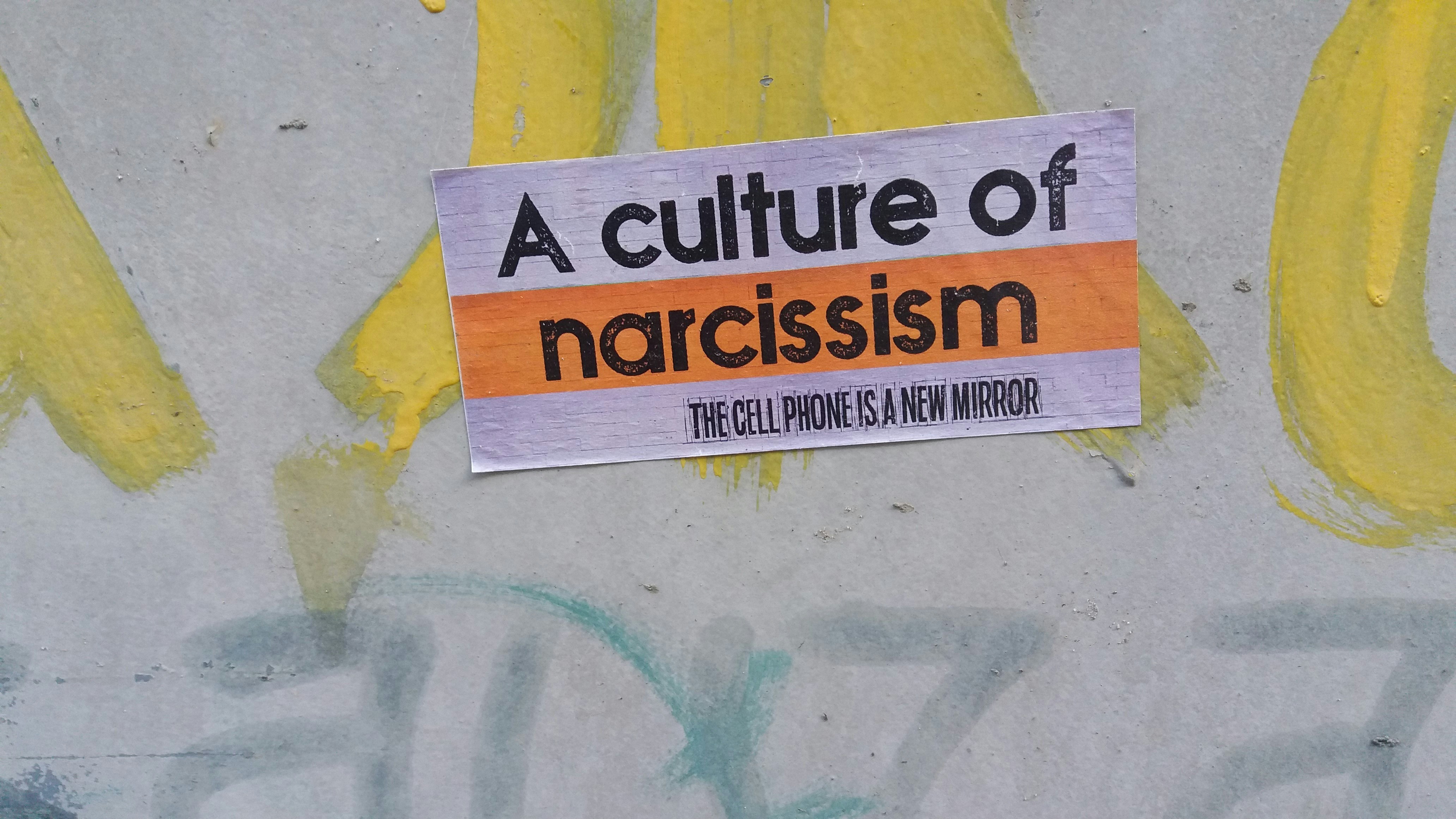“What do I believe?”— “What can I actually trust?” In a world where everyone has an opinion, algorithms push outrage, and half the internet seems like it’s been written by a bot with too much caffeine, these are the questions most of us are asking.
If you’ve opened the news, scrolled through your social feed, or even overheard two people arguing in a café lately, you’ve probably thought: Wait… what’s real anymore? Spoiler: there’s no single neat answer. But there are perspectives, frameworks, and a few blunt truths that can help you figure out your own footing in this tornado of information and half-truths. Let’s break it down.
The World of Too Much Information (a.k.a. TMI on Steroids)
We live in the age of information abundance. That sounds poetic, but in practice, it’s a hot mess. We have more access to data, research, history, and perspectives than any other generation in human history. Sounds great, right? Except it’s like trying to drink from ten firehoses at once while people shout conflicting “facts” in your ears.
The challenge isn’t getting information—it’s filtering it. Which brings us to perspective number one:
Perspective 1: Trust Nothing, Verify Everything
This is the sceptic’s worldview. In this mindset, you assume every headline is probably spun, every statistic manipulated, and every “expert” biased. And honestly? You’re not wrong. Media outlets have agendas. Governments protect their own interests. Brands will sell you snake oil with a shiny label if you let them.
The upside: you don’t get duped easily.
The downside: constant scepticism can make you bitter, cynical, and about as fun at parties as a soggy dishcloth. But, healthy skepticism is still a vital tool. Without it, you’re just a sponge soaking up other people’s narratives.
Perspective 2: Believe in Science and Evidence
Then there’s the evidence-based crew. These people look at peer-reviewed studies, systematic reviews, and consensus from subject-matter experts. They trust processes (like the scientific method) over personalities.
This is a solid perspective—but it’s not flawless. Science evolves. Recommendations change. (Remember when fat was evil, then carbs were evil, then—plot twist—it turned out the problem was ultra-processed food?) If you pin all your beliefs to “settled science,” you’ll find yourself constantly updating your worldview.
Conversely, sometimes science doesn’t change as experts with big egos refuse to admit that they have got it wrong and will defend their position to the bitter end. This usually involves smearing anyone who challenges their viewpoint or opinion and in a lot of cases, calling them ‘conspiracy theorists’ or ‘nut jobs’.
Still, grounding yourself in evidence and repeatable results is a far better anchor than believing the loudest influencer on TikTok.
Perspective 3: Believe in People (With Caution)
Some people build their beliefs around communities, families, or mentors. They trust people—leaders, friends, spiritual guides. This can be comforting and grounding. Humans are social creatures, and shared belief is part of what bonds us together.
But here’s the catch: people are flawed. Even well-intentioned leaders can mislead, sometimes out of ignorance, sometimes out of ego. (And sometimes out of “oops, I pocketed a billion dollars along the way.”) Blind loyalty to individuals or groups can leave you vulnerable to manipulation.
Perspective 4: Believe in Yourself (but not blindly)
Cue the Instagram quotes: “Believe in yourself!” Sure, inner confidence is great. But if your only belief system is “me, myself, and I,” you risk missing the blind spots. We’re all biased. Our memories are unreliable. Our perceptions are skewed by emotion.
It is important to have an open mind, question things, including yourself and seek feedback from trusted sources around you so you have more than just your own perspective.
Self-belief is important, but it has to be balanced with humility. Otherwise, you’ll fall into the trap of thinking your gut feelings are divine truth. (Spoiler: your gut is not an oracle; sometimes it’s just indigestion.)
Perspective 5: Believe in Values, Not Just Facts
Here’s a less obvious one: facts matter, but values matter too. Facts tell you what is. Values tell you what matters. And in a noisy, polarized world, values are often the compass that helps you cut through the mess.
For example:
If you value compassion, you’ll evaluate policies and people based on how they treat the vulnerable.
If you value freedom, you’ll care about overreach and censorship.
If you value integrity, you’ll notice when someone constantly changes their story.
Values don’t answer every question, but they anchor your decisions when “the facts” seem murky.
Why Belief Feels So Hard Right Now
It’s not just you. Belief—of any kind—feels shaky right now. Here’s why:
Information Overload: Too many competing “truths.” Your brain gets exhausted trying to sort them out.
Erosion of Institutions: Media, governments, corporations, even universities have all lost chunks of public trust. (And often deservedly so.)
Technology and Deepfakes: With AI, we’ve entered the “pics or it didn’t happen” era—except now pics can be fake too.
Polarization: The louder the extremes shout, the harder it is to find a middle ground.
This mix creates what psychologists call epistemic uncertainty—basically, not knowing who or what to believe. It’s stressful, disorienting, and frankly, exhausting.
So… What Can You Really Believe?
Let’s cut through the noise. You probably can’t believe everything you hear. But you also don’t have to go full conspiracy-theorist and believe nothing. The trick is learning how to build beliefs in a way that’s both flexible and grounded.
Here are some direct, practical steps. (Because what’s the point of this article if you leave still staring at the ceiling wondering if reality is a simulation?)
Step 1: Audit Your Inputs
Think of your brain like your body. If you feed it junk, it gets sick. If your news diet is made up of doom scrolling Twitter (sorry, “X”), screaming talk shows, or influencers yelling into ring lights, your beliefs will be… well, equally chaotic.
Practical move: diversify your sources. Read across the spectrum. Check international outlets to see how other countries report the same event. (Pro tip: BBC, Al Jazeera, and Reuters tend to give broader perspectives.)
Step 2: Learn the Art of the Pause
Before you share, retweet, or tattoo a quote on your forearm, pause. Ask:
Who benefits from me believing this?
Is there evidence beyond one angry person’s thread?
Does this align with or challenge my existing biases?
That pause is where critical thinking lives. It’s also where you save yourself from looking like the person who reposts fake celebrity death announcements.
Step 3: Clarify Your Core Values
Remember earlier when I said values are your compass? This is the homework part. Write down the 3–5 values you care about most. Not the ones you think you should care about (thanks, societal pressure), but the ones that actually drive your choices.
Examples: fairness, curiosity, independence, loyalty, honesty.
Once you have them, measure new information against them. Ask: If I believe this, does it strengthen or undermine my values? It’s not about being “right” all the time—it’s about being aligned.
Step 4: Accept That Beliefs Evolve
Here’s a radical idea: it’s okay to change your mind. Actually, it’s healthy. Sticking to a belief out of pride or fear of looking “inconsistent” is how people dig themselves into holes.
Science updates. Context shifts. You grow. If you never update your beliefs, you’re not principled—you’re stagnant.
Step 5: Balance Scepticism With Openness
Yes, keep your critical thinking hat on. But don’t glue it to your head so tightly that you can’t take in new ideas. The sweet spot is “sceptical but curious.” Listen, test, question, but don’t shut everything out automatically. Otherwise, you risk becoming the person who “does their own research” on YouTube at 2am and suddenly knows more about epidemiology than actual epidemiologists.
Step 6: Believe in What You Can Control
When the world feels overwhelming, shrink the scope. You might not be able to solve climate change today, or fact-check every global headline. But you can believe in the small, tangible things: the integrity of your own actions, the people who’ve earned your trust, the rituals that ground you.
Belief doesn’t have to be cosmic. Sometimes it’s local, personal, and practical.
Believe It Or Not – A Final Word
So, what can you really believe in today’s world? Believe in evidence, but don’t worship it. Believe in people, but hold them accountable. Believe in yourself, but don’t assume you know everything. Most importantly, believe in your values—because they’ll guide you when everything else looks like static.
At the end of the day, belief isn’t about being 100% certain. (Spoiler: you never will be.) It’s about being grounded enough to live with uncertainty without losing your sanity.
The world is messy, people are flawed, and the truth is often more complicated than a clickbait headline. But with some skepticism, clarity, and a little humor, you can navigate it without spiraling into despair.
And if all else fails? Believe in coffee. At least that one delivers what it promises.



